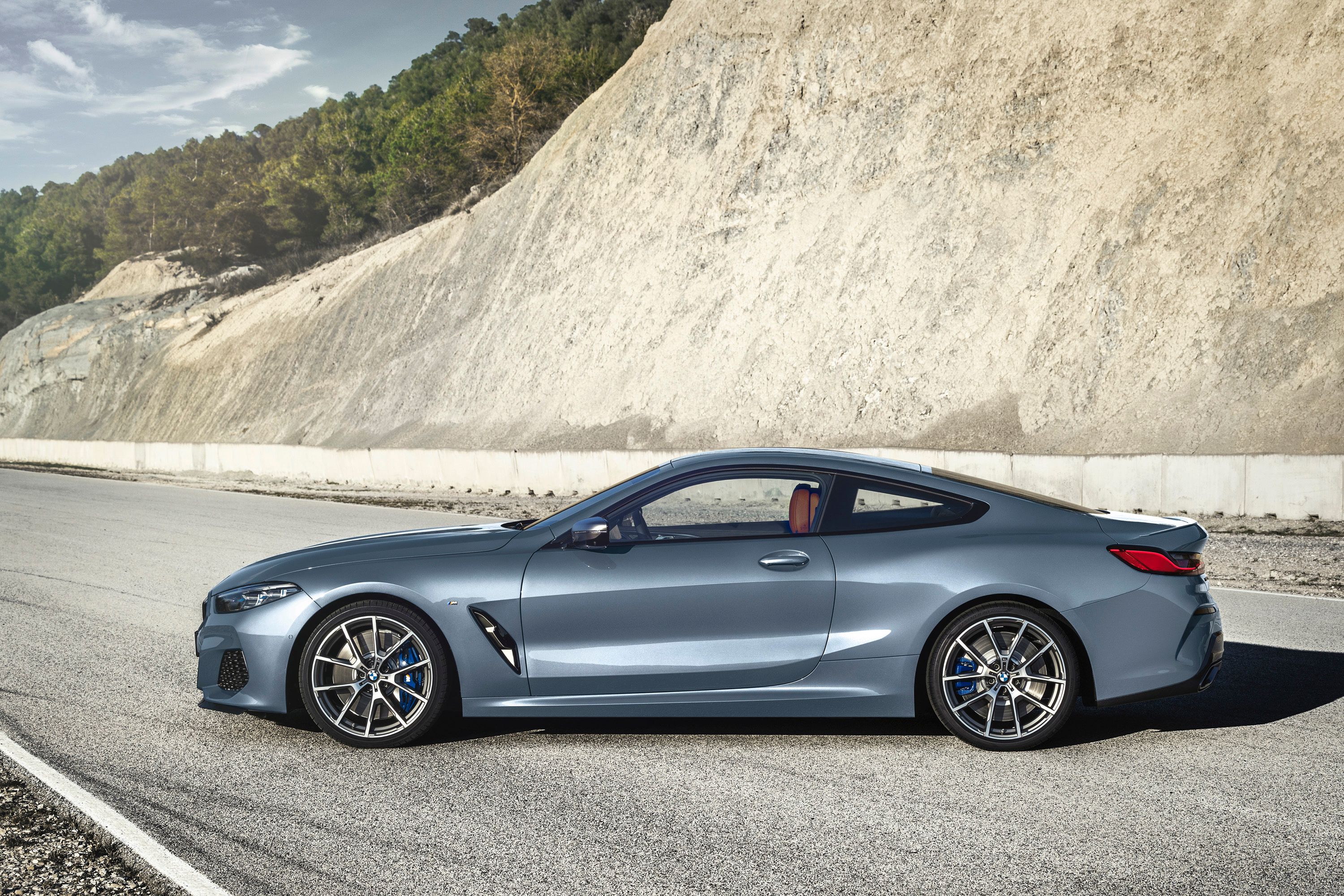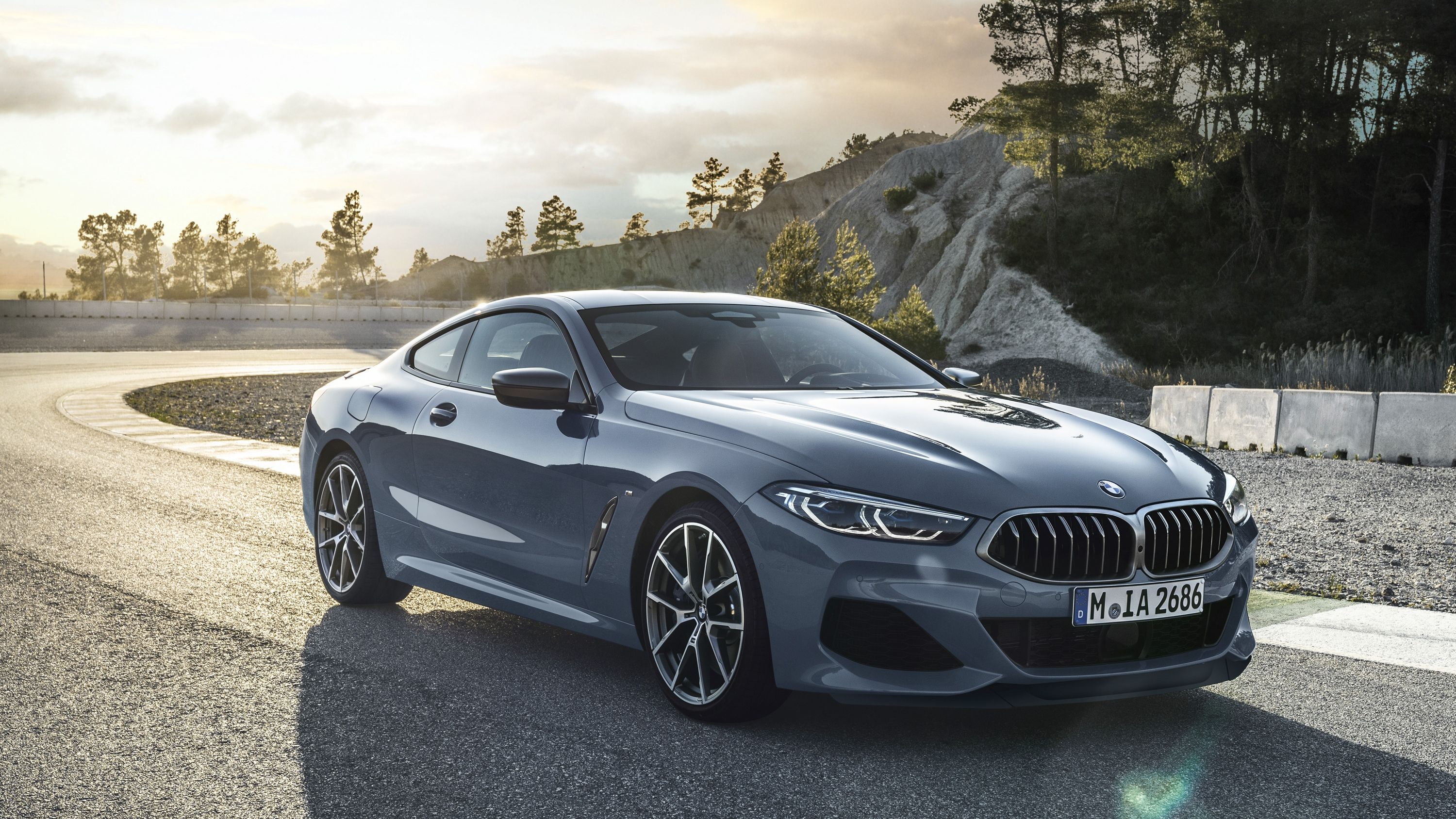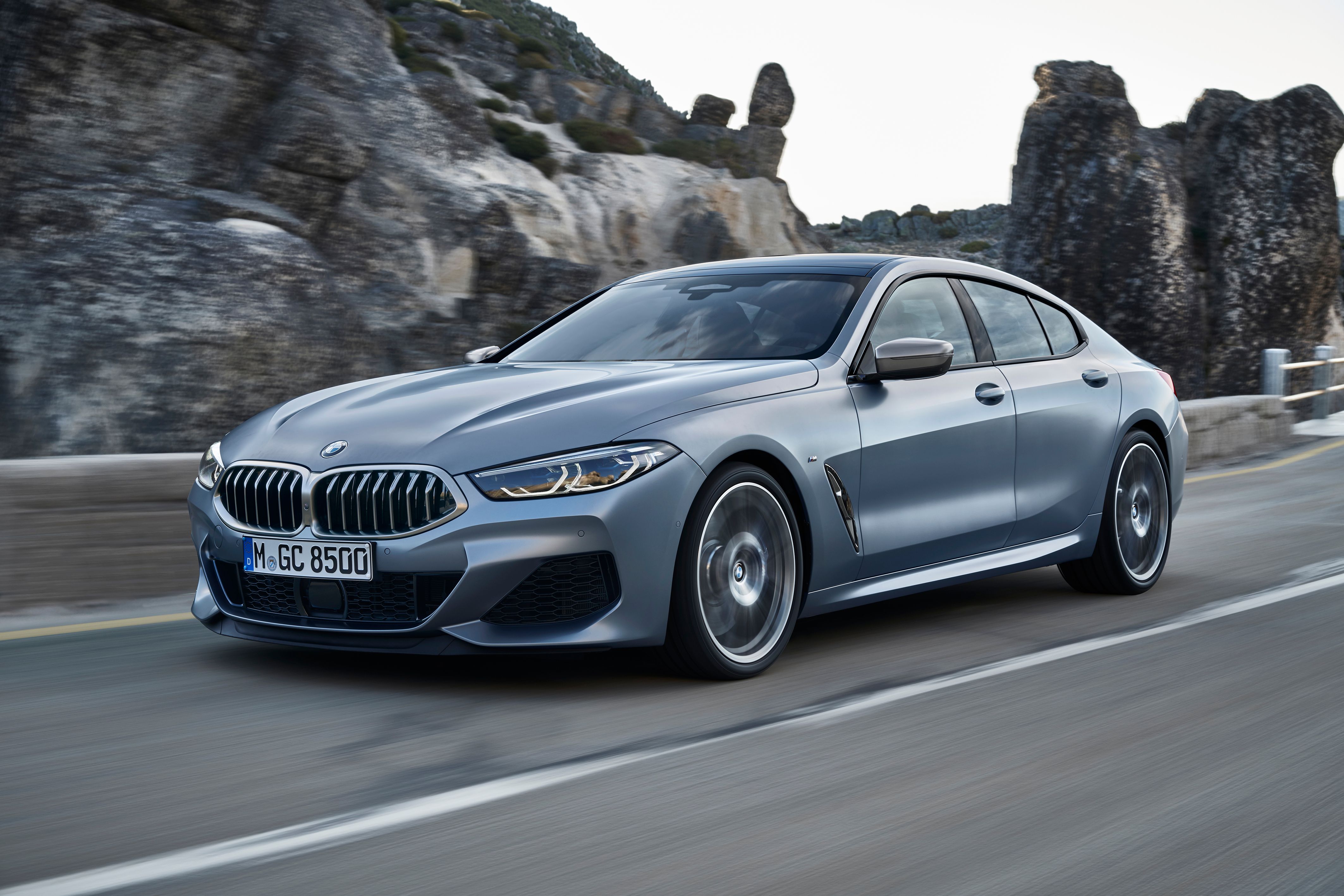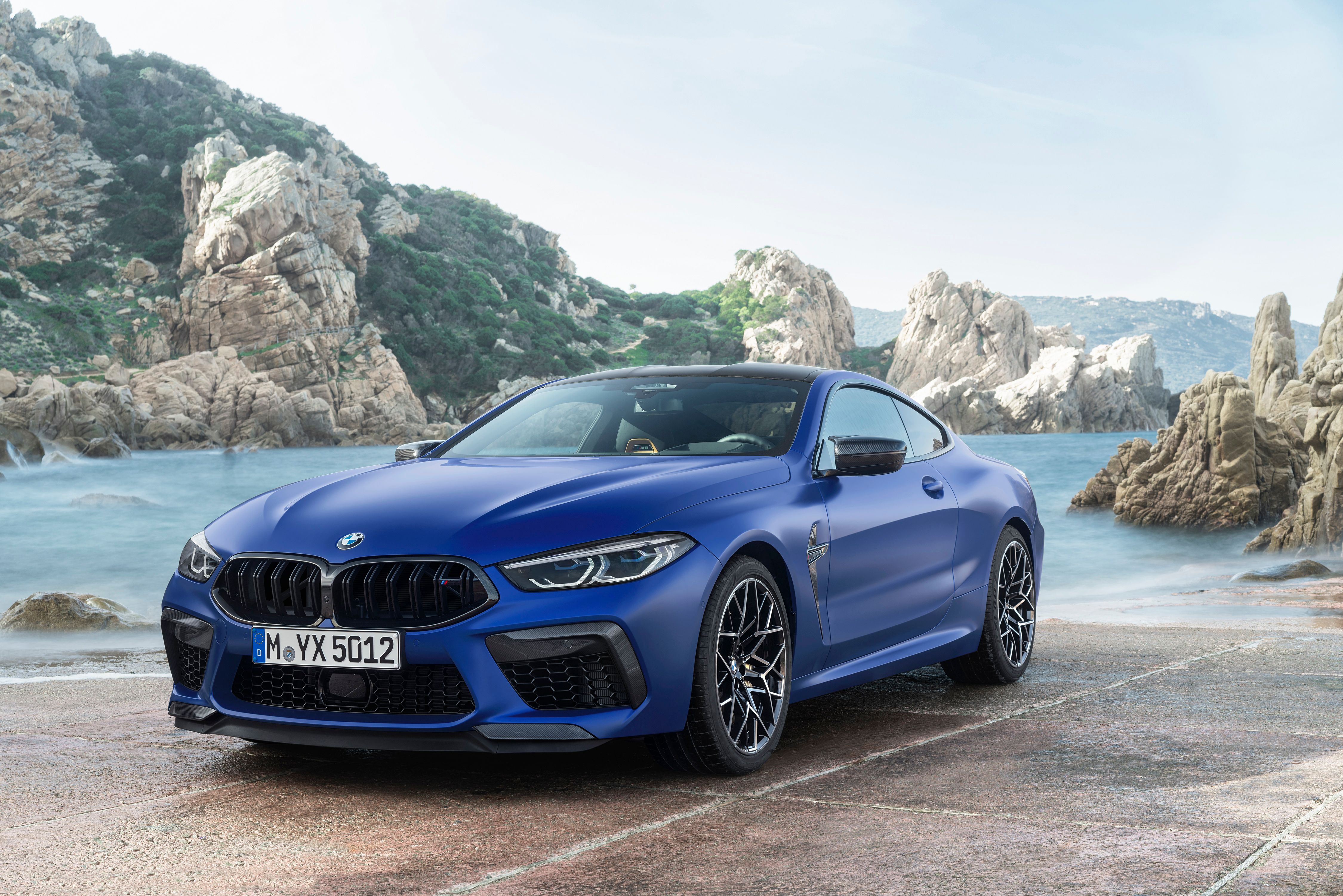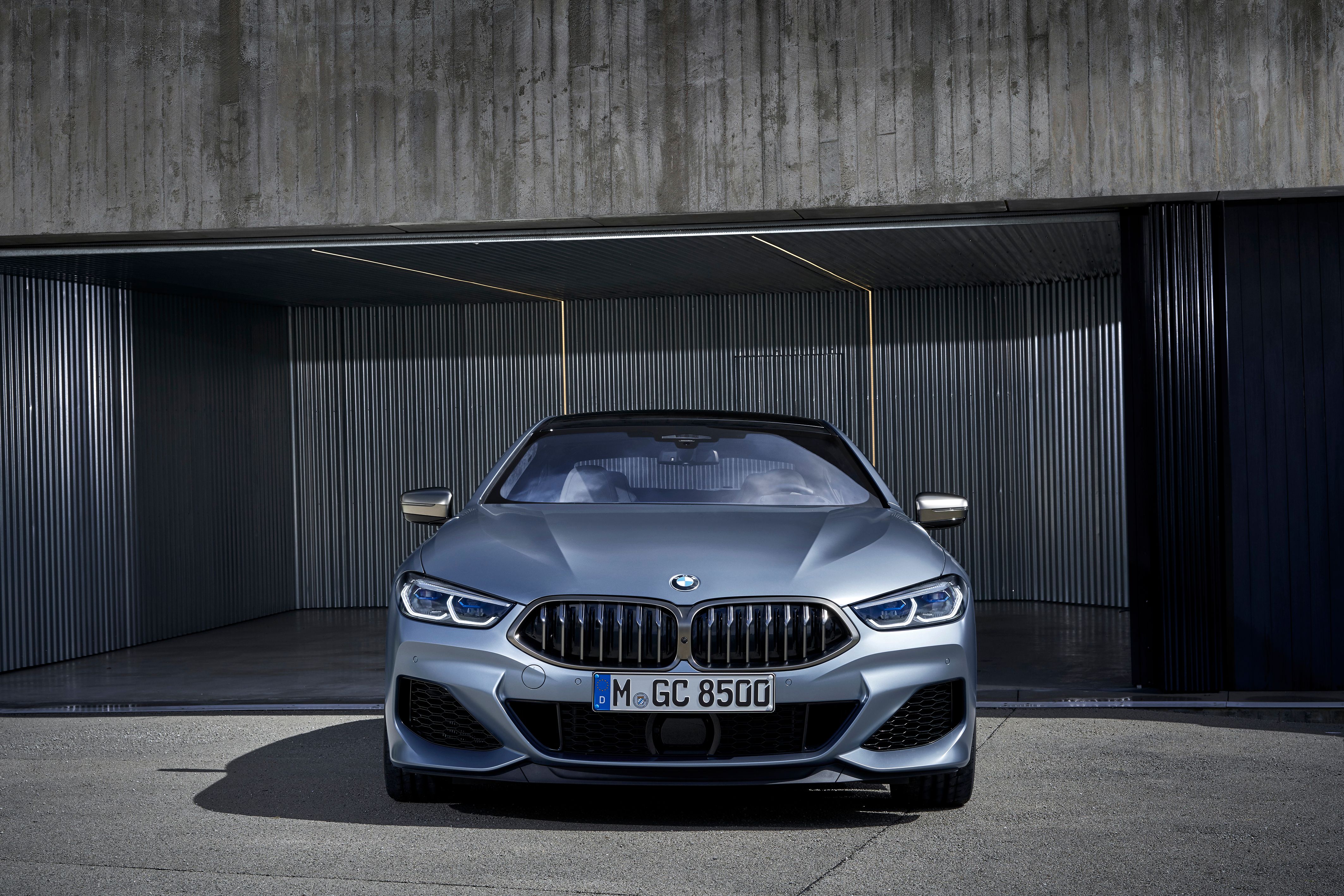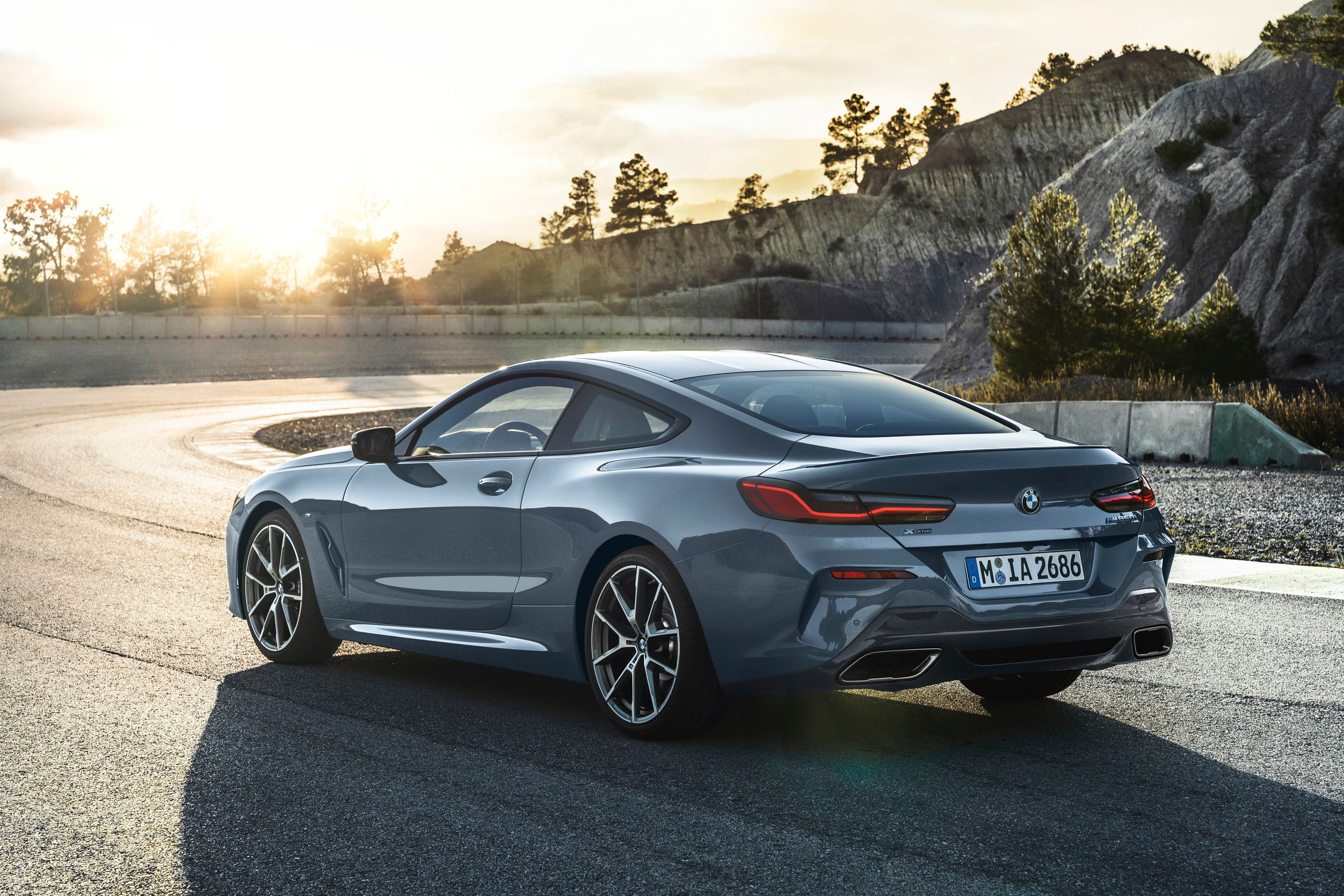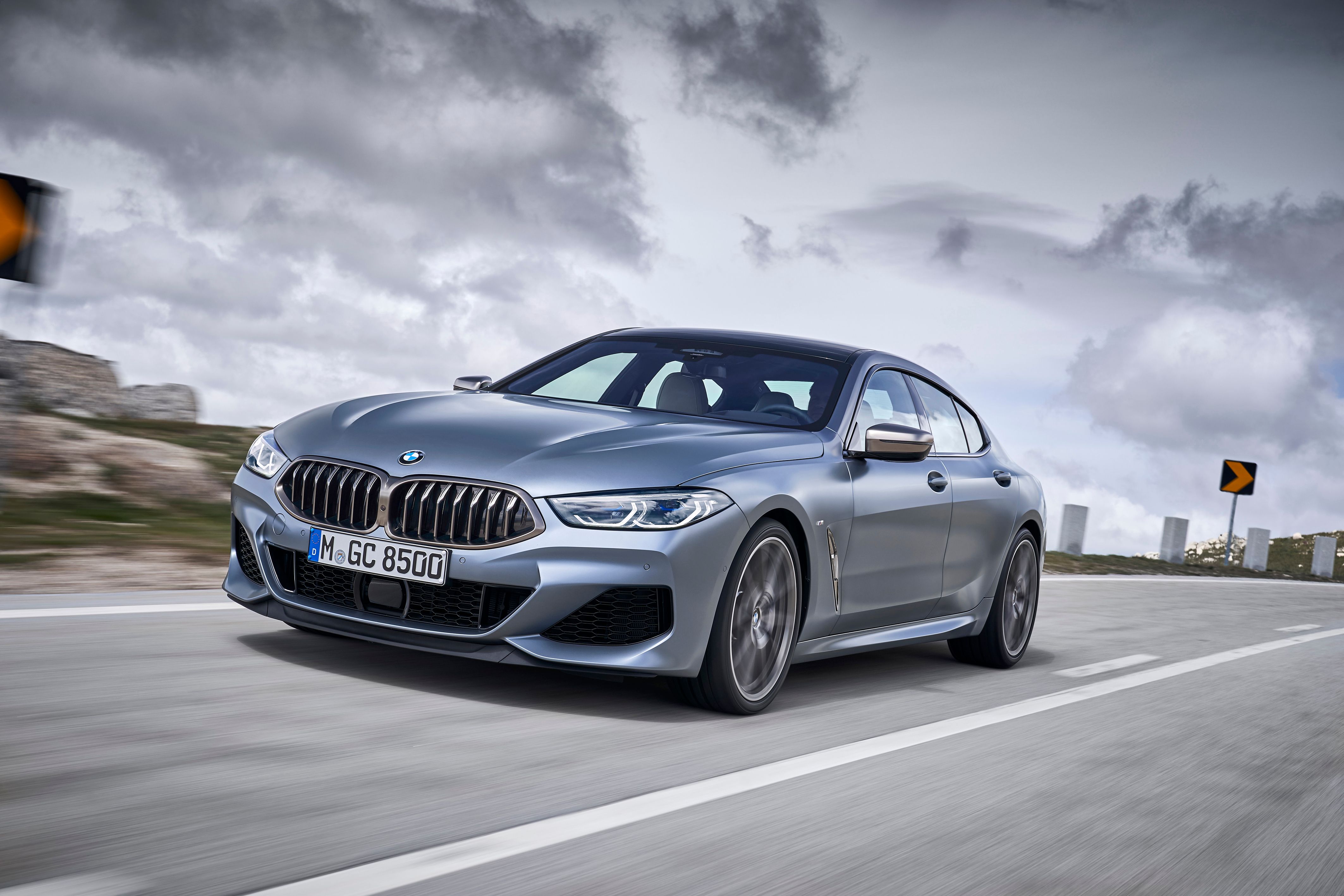Twenty years ago, BMW decided to discontinue the 8 Series because it couldn’t sell enough of them. It seems like a silly reason now considering how popular the super luxury market has become, but that was the lay of the land back then. It took the equivalent of almost two decades before BMW finally felt that it could return to that market. And so, after a 19-year absence, the BMW 8 Series has returned. Mind you; we’re not just talking about a single version of the 8 Series here. We’re talking about a full-blown lineup that includes a coupe, a convertible, an M8, and now, a Gran Coupe. It’s worth noting that BMW isn’t wasting any time fleshing out the whole 8 Series lineup. The 8 Series Coupe and 8 Series Convertible arrived just last year. Barely a few months later, the M8 followed and, a few weeks after its debut, the 8 Series Gran Coupe is now here. This is BMW at its most aggressive form, and if you didn’t know it then, you sure do now. Bavaria’s not wasting any time reminding us that the 8 Series nameplate once sat at the top of its model lineup, even if it took almost 20 years for us to be reminded of that. Was it worth the wait? Let’s find out.
Was the Wait for the 2020 BMW 8 Series Actually Worth it?
The 20-year gap between the first- and second-generation 8 Series is the longest such gap between succeeding generations of any model in BMW’s history. You can point to a number of reasons why it took BMW two decades to roll out the second-generation 8 Series. Part of it could be attributed to the costs of making one. Part of it could be attributed to the automaker’s experience with the first-generation 8 Series, which quickly lost steam in the sales department after a few years of popularity. Then there was the market trend, particularly in the 2000s when a lot of customers shied away from expensive luxury car splurges. But the biggest reason, at least in my mind, was need.
BMW didn’t need the 8 Series to serve as its flagship model. Both the 6 Series and 7 Series models wore those hats, often simultaneously.
But the auto industry can be a weird place. Just when you thought an automaker was set in its priorities, a series of events flips the script on said priorities. It’s unclear when BMW’s powers-that-be decided to bring back the 8 Series, but it is known that the decision to bring back the 8er was tied to another important move BMW had to make. At the time of its announcement, many people, myself included, thought that the returning 8 Series would become a need version of the 6 Series. What we didn’t expect was BMW announcing that the 8 Series would actually bigger the 6 Series. BMW head of Product and Brand Communications Eckhard Wannieck was on hand for the debut of the BMW Concept M8 Gran Coupe at the 2018 Geneva Motor Show and said that the decision to bring back the 8 Series was influenced by a number of factors. “The decision was mainly driven by customer demand, and it is part of our luxury offensive,” Wannieck told replace. “It was a strategic decision made by Harald Krüger to increase our footprint in the luxury segment. The key milestone of this strategic initiative is the positioning of the 8-Series as a true luxury car and to enter the luxury segment too with the coupé.”
Remember that part about the auto industry being a weird place? The same reasons that led to the demise of the first-generation E31 8 Series are the same reasons that spurred the return of the nameplate for a second generation. Funny how that worked out, right?
In a span of a year, BMW didn’t just bring the 8 Series back. It brought an entire family of 8 Series models that cover just above every spectrum of the luxury performance car segment. This wasn’t so much a flex as it was a statement to the Aston Martins, Bentleys, and Mercedes-Maybachs of the world. BMW vacated this specific segment a long time ago, but now that it’s back, it’s come to play.
For now, it’s too early to tell if the all-new 8 Series carries the same chops as its predecessor. But the early returns are promising. The 8 Series Coupe and Convertible models, in particular, have been lauded as much for their design as their performance chops and driving dynamics. Both models are not without their faults, but for the most, the pros have outweighed the cons rather significantly. The M8 and the 8 Series Gran Coupe are the two new kids in the block, and they’re actually the specialized versions of the 8 Series. The M8, specifically, is expected to redefine what we’ve come to know as the “M driving pleasure.” And as for the 8 Series Gran Coupe, it’s what the 8 Series is all about when BMW first thought of replacing the 6 Series.
Whether the second-generation 8 Series can live up to the legacy of the OG is a question that won’t be answered for a long time. Part of what makes the E31 8 Series so iconic is its short — shorter than most, at least — lifespan. It came, it conquered, and it left. The all-new 8 Series has enormous shoes to fill, though, at this point, we should let the new model take its time before it tries those shoes on.
After all, it only took 20 years for this moment to arrive.
Carscoops0}
Read our full review on the 2020 BMW M8 Coupe.
Read our full review on the 2020 BMW M8 Convertible.
2020 BMW 8 Series Gran Coupe Quirks and Features
Read our full review on the 2020 BMW 8 Series Convertible.
Read our full review on the 2019 BMW 8 Series.

